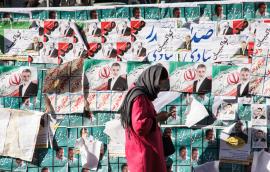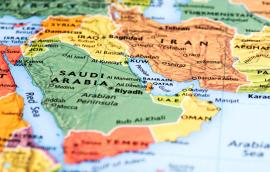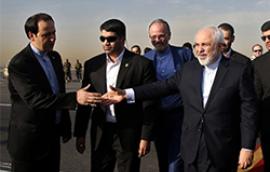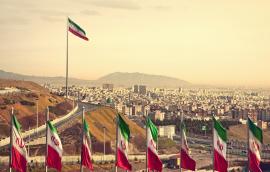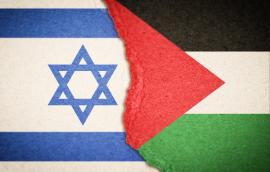Russia-Iran: Strategic Partners or Competitors?
This working paper discusses the “pattern of wary engagement” between Russia and Iran and its implications for future regional security issues in the Middle East. The paper was presented as part of the "U.S.-Iran Relations at a Crossroads" conference at the Baker Institute.
John W. Parker April 27, 2016
